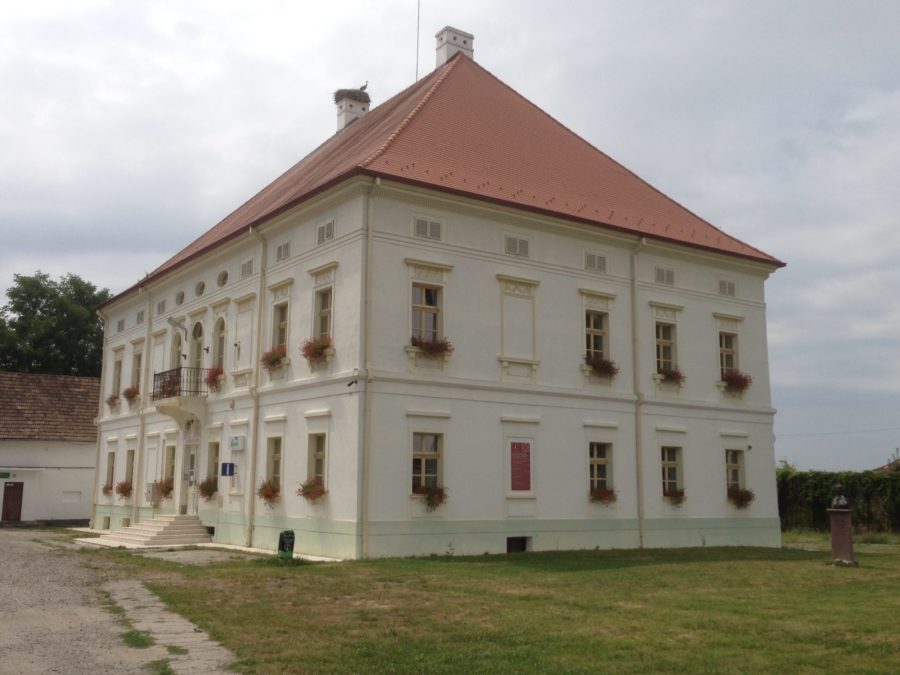6th December 2016
UK – Romania ties: the story of Her Majesty’s great-great grandmother

The small town of Sangeorgiu de Padure, in Mures County in the heart of Transylvania, has a mostly ethnic Hungarian population and an unexpected connection to the British Royal Family.
At the heart of the town is the two-storey white-walled Rhedey Castle, actually more palace than castle, which dates originally from the 17th century, though the present neo-Baroque building is an early 19th-century remodelling. The home of the aristocratic Rhedey family, it was purchased by a merchant named Rudolf Schuller in 1885. It was bought by the Romanian State in 1935 and served as a school until 2009. It now holds a tourist information office and hosts an eclectic range of exhibitions: a display of crosses; the paintings of local artist Victor Datu; and photographs of the village of Bezidu Nou, lost beneath the waters of an artificial lake when a dam was built in the 1980s.
The castle’s British royal link lies in the fact that it was the childhood home of Claudine, known in Romanian as Claudia, Rhedey, born here in 1812. In 1835 she was to marry Duke Alexander of Wurttemberg, nephew of King Frederick I of Wurttemberg. They had three children: two daughters, Claudine and Amelie, and one son, Francis. The latter married Princess Mary Adelaide of Cambridge, a granddaughter of King George III. Their eldest daughter, Mary of Teck, was to marry the future King George V. Poor Claudine Rhedey was sadly to know none of this: she died in a carriage accident while visiting her husband at a military training camp in Austria, at the age of just 29.
Immediately opposite the castle is the Reformed Church, whose square tower, topped with a metal spire, is a local landmark. Built as a Catholic church, it is of considerable age, and is mentioned in a document of 1333. It has served as a Reformed church since 1640. Claudine Rhedey’s remains now lie here in a vault beneath the church. Two plaques on one of the walls serve as reminders of the British royal connection. One is to the memory of Claudine, Countess Rhedey, erected in 1904 by her granddaughter, Victoria Mary Princess of Wales. The second, more prosaically, records the gift in 1935 from the then Queen Mary through which the church “in which some of her ancestors lie buried” was restored.
It is a bright, airy place, with benches painted in colourful blue and red Szekler designs. And in pride of place is the visitors’ book signed in 2008 by His Royal Highness The Prince of Wales, in a visit to the church in which his great-great-great grandmother is buried.
Fascinating. There’s a very comprehensive book by Nicolae Iorga, L’histoire des relations anglo-roumaines, published in Iasi in 1917. Lots of great stuff about British travellers in the 16th, 17th and 18th centuries. Sadly on the hens’ teeth spectrum but Anticariatul Unu, just off Piata Universitatii, might be able to source a copy.